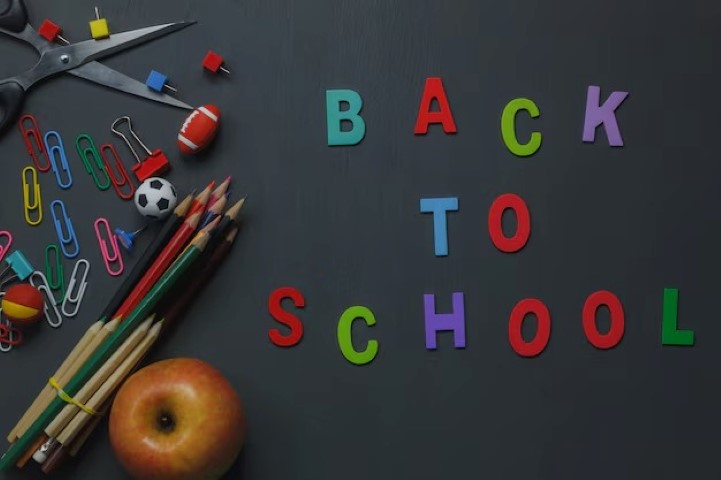What is Ebru Art?
Ebru art, also known as Turkish marbling, is a unique and centuries-old art form that originated in the Ottoman Empire. It involves creating colorful patterns on the surface of water and then transferring those patterns onto paper or fabric. This ancient technique has been practiced for generations and is considered a true masterpiece of traditional Turkish art.
In the English language, ebru art is referred to as “Turkish marbling” or simply “marbling art.” The word “ebru” comes from the Persian language and means “cloud-like” or “marbled.” This aptly describes the beautiful, cloud-like patterns that are created through this intricate process.
How to Say “Ebru Art” in English
The English translation for the Turkish word “ebru” is “marbling.” Therefore, the phrase “ebru art” can be directly translated to “marbling art” or “Turkish marbling.” Some other common ways to refer to ebru art in English include:
– Marbling
– Turkish marbling
– Ebru marbling
– Ebru painting
– Marbled paper art
No matter which term you use, they all refer to the unique and captivating art form of creating intricate, swirling patterns on water and transferring them to paper or fabric.
Examples of Using “Ebru Art” in English
Here are some examples of how you can use the term “ebru art” or its English equivalents in a sentence:
1. The artist’s latest collection features stunning examples of traditional Turkish ebru art.
2. Have you ever tried your hand at marbling? It’s a fascinating and centuries-old art form that originated in the Ottoman Empire.
3. I recently took a workshop on Turkish marbling and learned how to create beautiful, cloud-like patterns on water.
4. Ebru painting is a true masterpiece of Turkish culture, with each piece showcasing the incredible skill and artistry of the maker.
5. The museum’s new exhibit highlights the history and techniques of ebru, the mesmerizing art of paper marbling.
6. Decorative papers made using the ebru marbling technique are highly sought after by book binders and stationery enthusiasts.
7. If you’re interested in learning more about the art of Turkish ebru, there are many online tutorials and workshops available to get you started.
8. The vibrant, swirling patterns of ebru painting are created by carefully manipulating pigments on the surface of water.
9. Ebru art is not only beautiful, but also a fascinating window into the rich cultural heritage of the Ottoman Empire.
10. From greeting cards to home decor, the versatility of ebru art allows it to be incorporated into a wide range of creative applications.
Related English Vocabulary for Ebru Art
Here are some additional English words and phrases related to the art of ebru or marbling:
– Pigment – The colorful dyes used to create the patterns on the water’s surface.
– Sizing – A liquid solution that is applied to the paper or fabric to help the marbled patterns adhere.
– Combing – The technique of using a comb-like tool to manipulate the pigments on the water.
– Floating – The process of gently lowering the paper or fabric onto the surface of the water to transfer the design.
– Swirling – The mesmerizing, cloud-like patterns that are characteristic of ebru art.
– Marbled – Describing the unique, patterned appearance of the finished ebru artwork.
– Artisan – A skilled craftsperson who specializes in the traditional techniques of ebru art.
– Calligraphy – Ebru art is often combined with the art of beautiful, decorative handwriting.
– Textile – Ebru designs can be transferred onto fabrics, creating stunning textiles and clothing.
Remember, the art of ebru is a global phenomenon, with examples and enthusiasts found all around the world. So feel free to use these English terms and phrases when discussing this captivating and timeless art form, no matter where you or your audience may be from.











